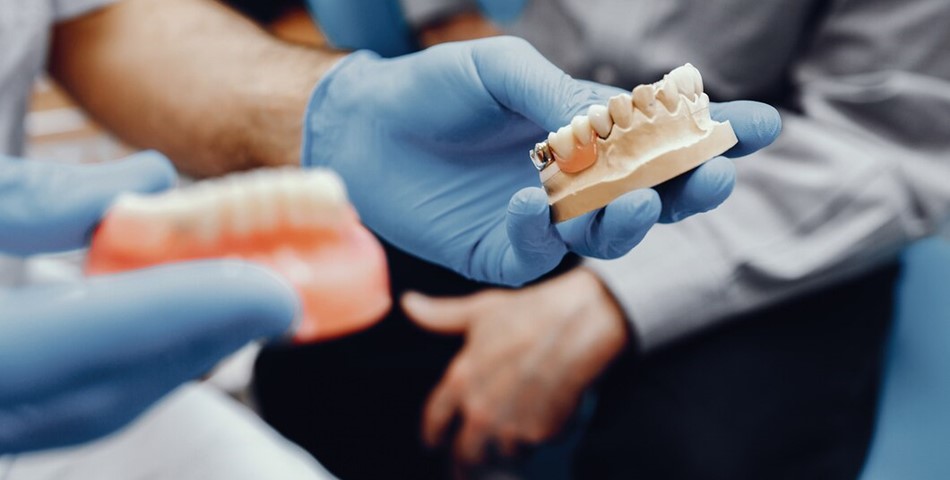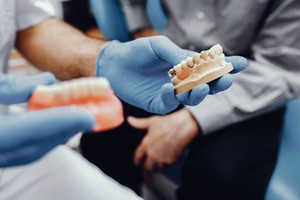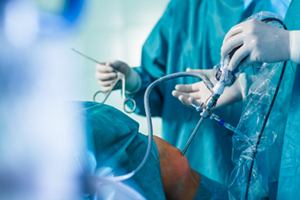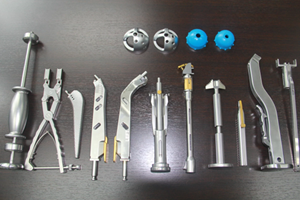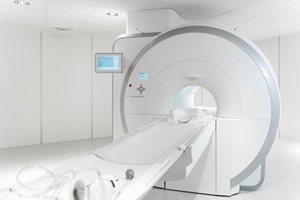In a recent study published in the Materials and Design journal, Korean researchers have introduced a novel approach to enhance the performance of titanium-based metal implants, commonly utilized in dental and orthopedic treatments. Recognizing the persistent challenges associated with these implants, such as delayed osseointegration and immune response, the team sought to address these issues through innovative means.
Integrated Approach for Enhanced Osseointegration and Immunomodulation: Biogenic Hydroxyapatite-Embedded Titanium Implants
Top of Form
To address the challenges associated with bone regeneration and implant integration, recent advancements have explored the plasma coating of hydroxyapatite (HA) onto titanium (Ti) implants. While HA-coated implants have shown promise in promoting bone formation and biological fixation, issues such as coating detachment during surgery necessitate alternative methods. Embedding HA particles directly into Ti implants has emerged as a viable solution, with various fabrication techniques explored. Among these, selective laser melting (SLM) stands out for its ability to produce customized implants with strong integration between Ti and HA. Notably, biogenic HA sourced from biological waste, such as equine bone (EB), has garnered attention for its superior biocompatibility and bone regeneration properties compared to synthetic HA. Leveraging the osteogenic differentiation ability of EB, this study introduces a novel 3D-printed implant combining Ti and biogenic HA derived from EB, aiming to facilitate both osseointegration and immunomodulation simultaneously. Employing SLM technology, the microstructure, mechanical properties, and biocompatibility of the Ti/EB implants were systematically evaluated, with varying concentrations of EB. Furthermore, comprehensive assessments of osteogenic and inflammatory responses were conducted both in vitro and in vivo, alongside metabolomic analyses to elucidate the impact on inflammatory pathways. This multifaceted approach holds promise for advancing implant design and addressing critical needs in bone regeneration and implantology.
Materials and Methods
The Ti/EB composite disks were prepared by combining Ti powders with equine bone (EB) powders at volume fractions of 0.05% and 0.5%. EB powder was obtained by treating equine bones with hydrogen peroxide to remove flesh, followed by sintering and grinding to achieve an average particle size of approximately 5 μm. The composite powders underwent ball milling and were fabricated into disks using a selective laser melting (SLM) printer. The printing process involved injecting argon gas to prevent oxidation. Three experimental groups were established based on EB concentration: pristine Ti, Ti/EB 0.05, and Ti/EB 0.5. Characterization of the Ti/EB disks included assessments of printability, mechanical properties, porosity, density, surface morphology, elemental composition, crystalline structure, hydrophilicity, protein adsorption, surface roughness, and other properties. Cell attachment and proliferation studies were conducted using MC3T3-E1 cells seeded onto the disks, with subsequent analyses of cellular adherence and proliferation. In vitro osteogenic differentiation was evaluated by culturing MC3T3-E1 cells in osteogenic differentiation medium on the disks and assessing immunofluorescence staining, ALP activity, calcium deposition, and protein expression. In vivo osseointegration studies utilized a mouse calvarial defect model to assess bone regeneration and integration. In vitro and in vivo inflammatory response studies examined surface molecule expression, cytokine secretion, activated macrophage tracking, and metabolomic analyses to evaluate inflammatory responses.
Results
The fabrication of Ti/EB disks through selective laser melting (SLM) resulted in a uniform distribution of equine bone (EB) particles, enhancing surface roughness and β phase ratio compared to pure titanium implants. The increased β phase is known to improve bone-to-implant stability by reducing the elastic modulus difference with surrounding bone tissue, thus promoting osseointegration and reducing stress shielding effects. However, excessive EB content led to the formation of calcium titanate (CaTiO3), potentially inducing cytotoxicity and hindering cell attachment and proliferation. Optimization of EB content facilitated enhanced hydrophilicity, protein adsorption, and osteogenic differentiation, particularly observed in Ti/EB 0.05 implants. These implants exhibited upregulated expression of osteogenic markers, including RUNX2, and facilitated better bone regeneration in an in vivo mouse calvarial defect model compared to pure titanium. Notably, Ti/EB 0.05 demonstrated a reduced inflammatory response both in vitro and in vivo, with significant downregulation of surface molecules and cytokines associated with inflammation. Metabolomic analyses further revealed alterations in metabolite profiles indicative of anti-inflammatory effects in Ti/EB 0.05 implants. The comprehensive evaluation highlights the potential of Ti/EB composite implants to not only enhance osteointegration but also modulate inflammatory responses, offering a promising approach for next-generation orthopedic and dental implants with improved biocompatibility and tissue regeneration capabilities. This study underscores the significance of integrating biogenic materials into implant designs to address the limitations of conventional titanium implants and advance the field of tissue engineering and regenerative medicine.
The integration of biogenic hydroxyapatite derived from equine bone into titanium-based implants represents a significant advancement in addressing challenges associated with dental and orthopedic implant therapies. Through meticulous fabrication utilizing selective laser melting technology, the composite implants demonstrated enhanced physicochemical characteristics, cellular interactions, and inflammatory responses compared to conventional titanium implants. The systematic evaluation of Ti/EB composite implants revealed improved osseointegration, reduced inflammatory reactions, and favorable tissue regeneration outcomes both in vitro and in vivo. While further optimization may be warranted to fine-tune the composition and properties of these implants, the findings underscore the potential of integrating biogenic materials to enhance biocompatibility and therapeutic efficacy in implantology. This study contributes to the ongoing efforts in tissue engineering and regenerative medicine, emphasizing the importance of continuous innovation to address clinical challenges and improve patient outcomes in implant therapies.Top of Form
Materials and Design - Osseointegrative and immunomodulative 3D-Printing Ti6Al4V-based implants embedded with biogenic hydroxyapatite




